Pantheon of Rome, world’s largest unreinforced concrete dome with 1900 years. Each 21 of April (date for the founding of Rome), the rays of the sun pass through the oculus illuminating the main gate.
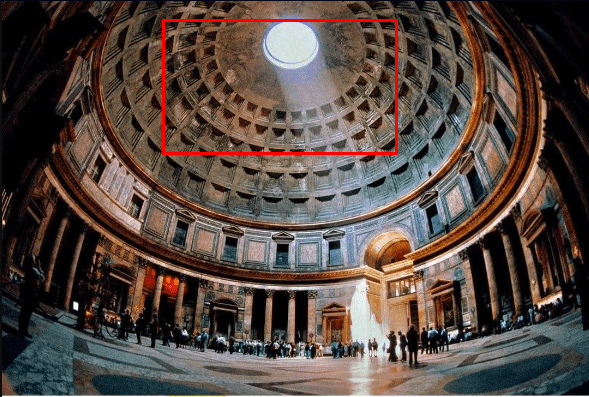
Baalbek is a city located east of the Litani River in Lebanon’s Beqaa Valley, about 67 km northeast of Beirut. It is the capital of Baalbek-Hermel Governorate. In Greek and Roman times Baalbek was also known as Heliopolis.
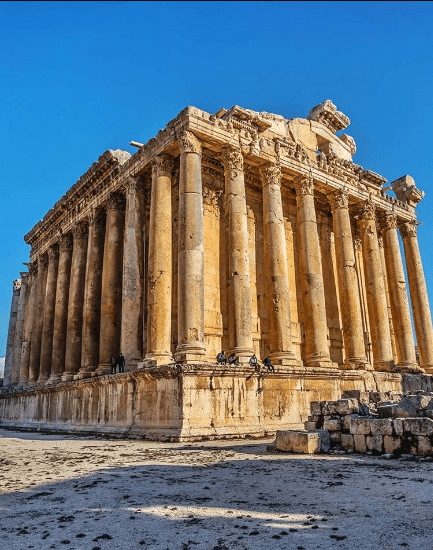
roteiro.de.viagem
Pantheon
The Pantheon is a former Roman temple and since 609 AD, a Catholic church, in Rome, Italy, on the site of an earlier temple commissioned by Marcus Agrippa during the reign of Augustus. It was rebuilt by the emperor Hadrian and probably dedicated c. 126 AD. When the Pantheon was built the only source of light was the oculus in the centre of the dome. The opening measures 8.2m in diameter and is also referred to as ‘The Eye of the Pantheon’. A clever lighting trick is played out on 21 April, the founding date of Rome. At midday the sunlight hits the metal grille above the door, filling the entrance way with light. This would have illuminated the emperor in ancient times, reflecting his perceived status as a god on earth.
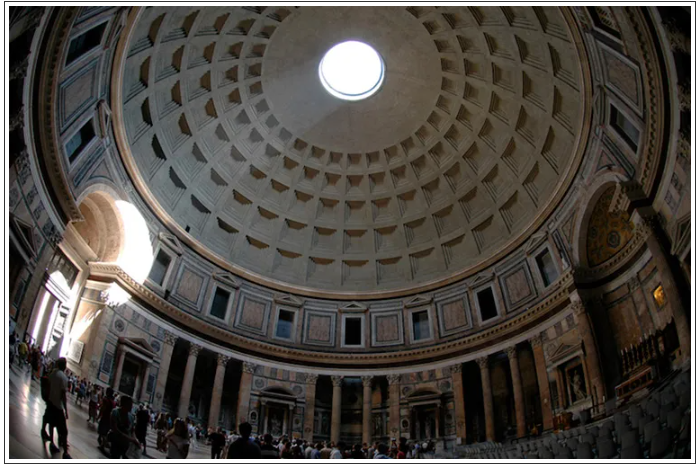
John Morton
Palmyra
Palmyra is an ancient city in present-day Homs Governorate, Syria. Archaeological finds date back to the Neolithic period, and documents first mention the city in the early second millennium BC.
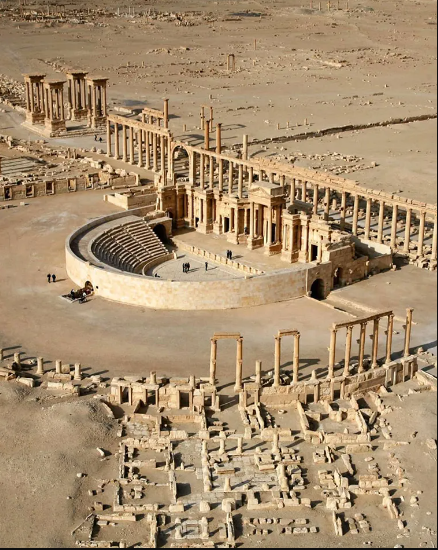
ginocaspari
Maison Carree
The Maison carrée is an ancient Roman temple in Nîmes, southern France; it is one of the best preserved Roman temples to survive in the territory of the former Roman Empire.
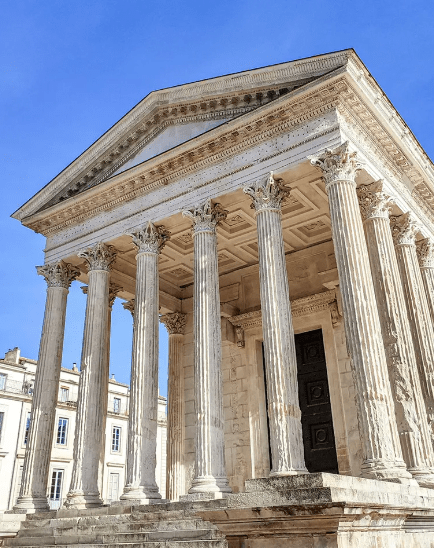
danaebalade
Sbeitla Forum Temples
The archaeological site of Sbeitla is an archaeological site in Sbeitla, in north-central Tunisia. It represents the Roman ruins of Sufetula, and contains the best preserved Roman forum temples in Tunisia. It was excavated and restored between 1906 and 1921.

damian entwistle
Temple of Augustus in Pula
The Temple of Augustus is a well-preserved Roman temple in the city of Pula, Croatia. Dedicated to the first Roman emperor, Augustus, it was probably built during the emperor’s lifetime at some point between 27 BC and his death in AD 14.
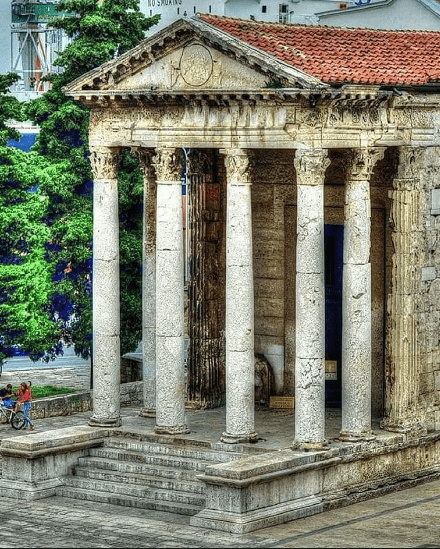
@pulska_svakodnevnica
Garni Temple
The Temple of Garni is the only standing Greco-Roman colonnaded building in Armenia and the former Soviet Union. Built in the Ionic order, it is located in the village of Garni, in central Armenia. It is the best-known structure and symbol of pre-Christian Armenia.
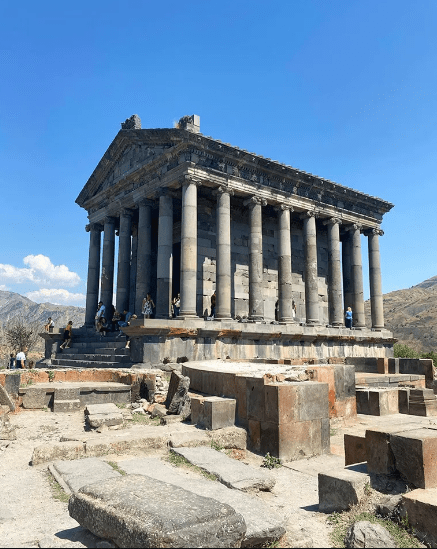
_syuz_anna__
Dougga Capitol
Dougga or Thugga was a Berber, Punic, and Roman settlement near present-day Téboursouk in northern Tunisia. The current archaeological site covers 65 hectares (160 acres). UNESCO qualified Dougga as a World Heritage Site in 1997, believing that it represents “the best-preserved Roman small town in North Africa”. The site, which lies in the middle of the countryside, has been protected from the encroachment of modern urbanization, in contrast, for example, to Carthage, which has been pillaged and rebuilt on numerous occasions. Dougga’s size, its well-preserved monuments and its rich Numidian-Berber, Punic, ancient Roman and Byzantine history make it exceptional.
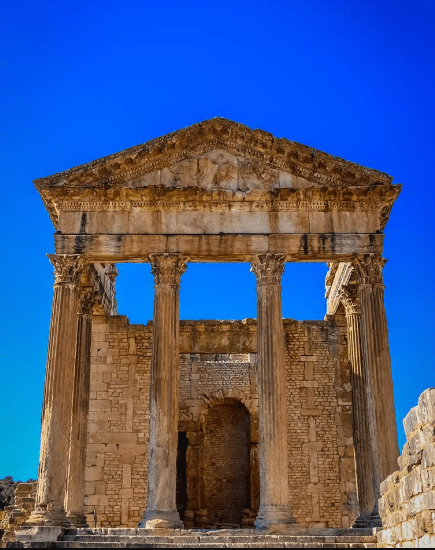
jonetoster
Temple of Zeus at Aizanoi
The Temple of Zeus in the Phrygian city of Aizanoi (modern-day Turkey) is one of the best-preserved Roman temples. Its construction started in 92 CE and continued during the reign of Hadrian in the 2nd century CE. The temple is pseudodipteral, with eight Ionic columns at the ends and fifteen along the sides.
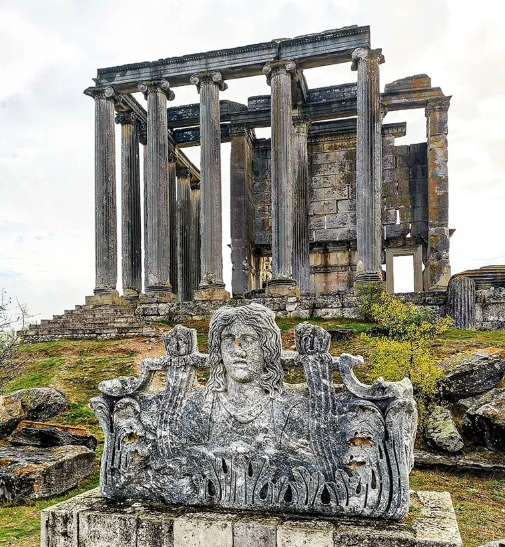
gezmekyetmez
Temple of Augustus and Livia
The Temple of Augustus and Livia is a Roman peripteral sine postico hexastyle Corinthian temple built at the beginning of the 1st century, which was in the center of the ancient city of Vienne, also corresponding to the center of the modern city of Vienne in the French department of Isère and the region Rhône-Alpes.
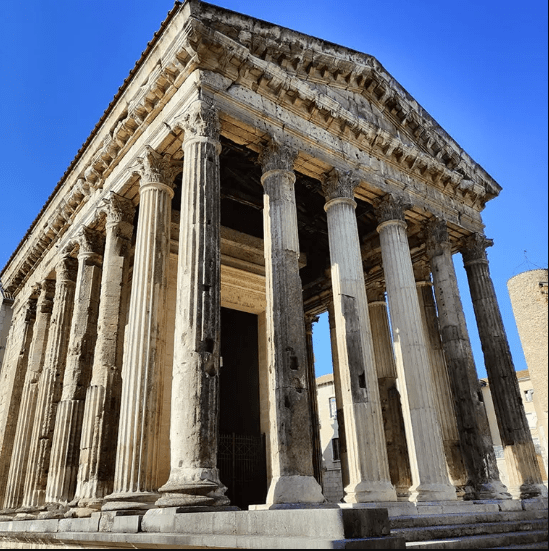
theklem